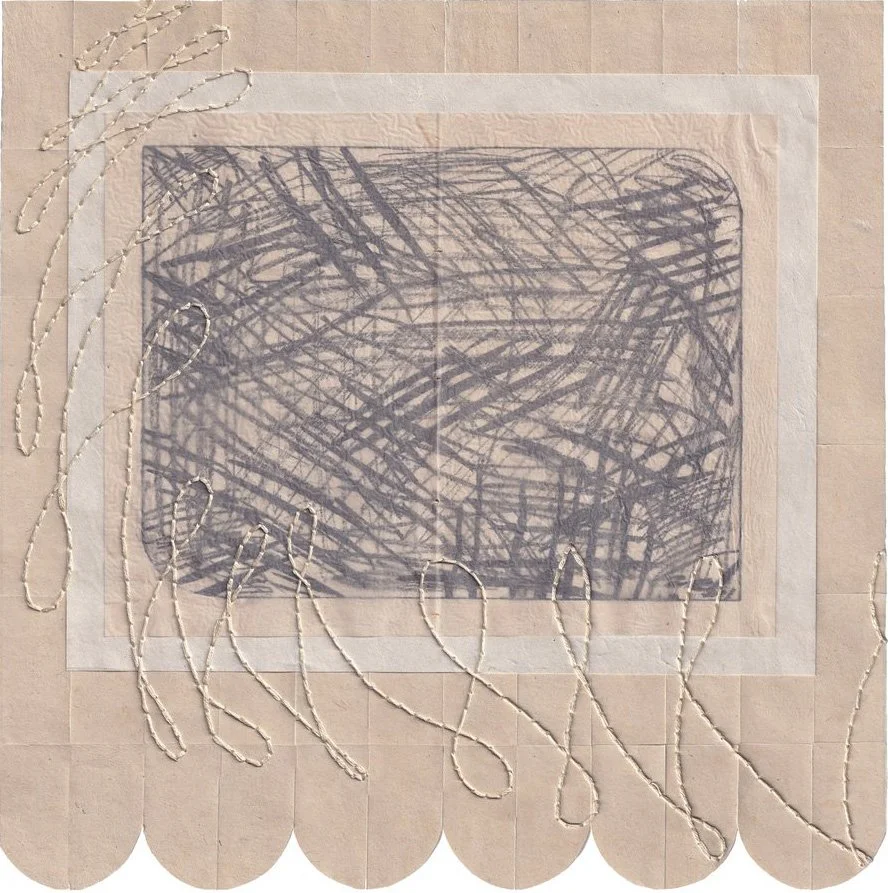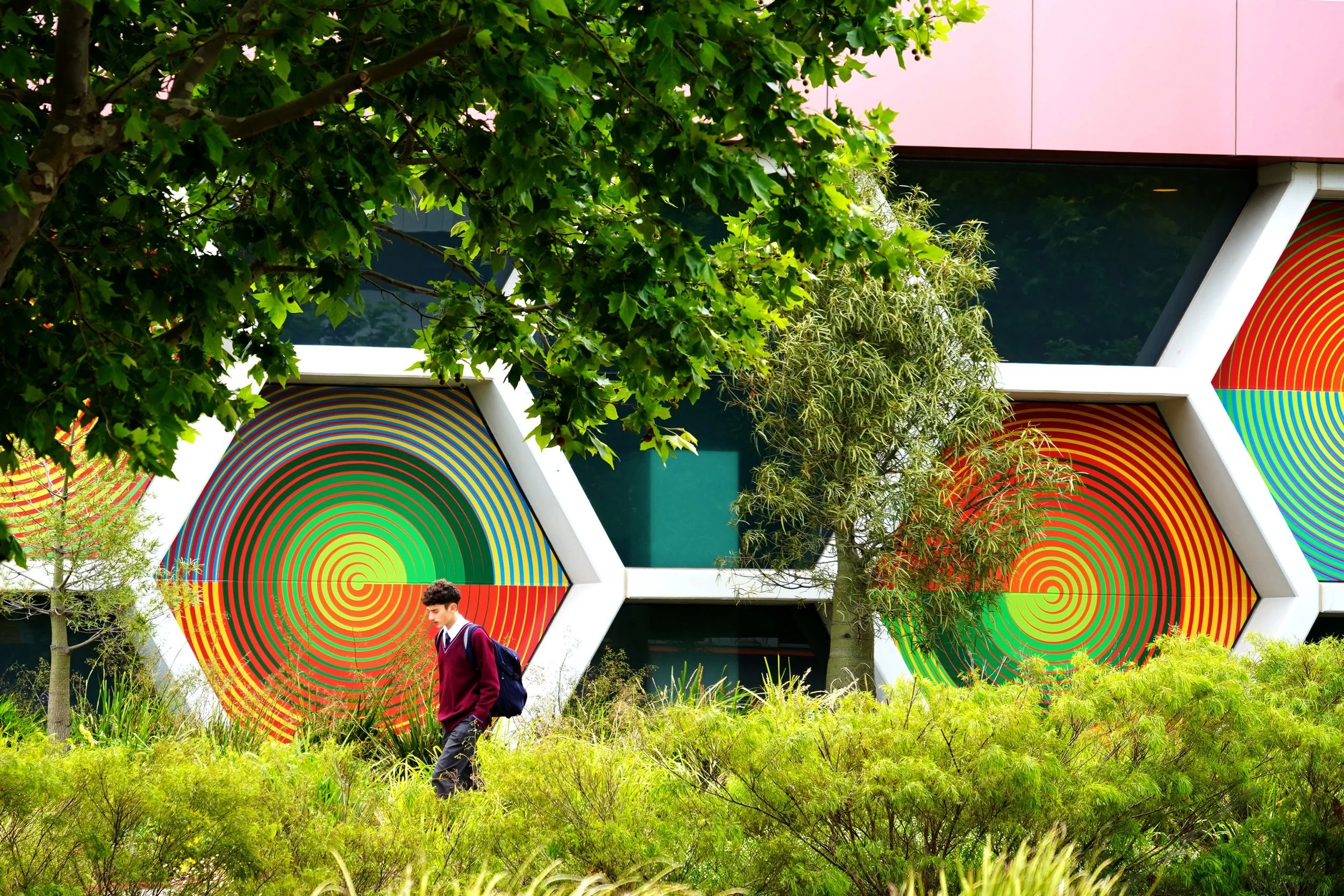INTERVIEW | Yuxiang Dong
10 Questions with Yuxiang Dong
Dong Yuxiang is an art, educational, and social worker. His practices and research focus on the exploration of photography and media art as ethnographic methods in the Anthropocene. He has exhibited at Hermitage Museum & Gardens, Norfolk, VA (USA); OCAT Institute, Beijing (China); and other international venues. He was a finalist of the Three Shadows Photography Award in 2016 and received an honorable Mention for the PhMuseum 2023 Photography Grant. In 2018, he was a recipient of the Joint Second Prize in the International Awards for Art Criticism. He has presented his research at Tate Liverpool, Liverpool (UK), College Art Association Annual Conference (USA), and other international institutions and conferences.
Yuxiang Dong - Portrait
INTERVIEW
First, tell us a little about your background and studies. How did you start making art? And are you still following the same aspiration?
I started to take photos inspired by Robert Capa, a photojournalist and war photographer. He was famed for saying, “If your photographs aren’t good enough, you’re not close enough.” It seems that I am not following this trend of documentary photography anymore. But there has been a long-time debate about the objectivity/subjectivity of photography since its inception. And the recent rise of photorealistic generative AI furthers this conversation. Perhaps, I am still in the process of approaching the meaning of making art and being an artist.
T01 [01.1a-37.1c]-T04 [01.1-80.1], mixed media, 2015-2019 © Yuxiang Dong
What is your aim as an artist?
First, being an artist is always a desire for self-expression. I just cannot stop making art because there is always something I want to and have to say. Second, any individual exists in a nexus of social, political, and historical forces. Thus, I hope my work can communicate to viewers with shared living experience.
Your work is across different disciplines, primarily photography and mixed-media installations. How does your approach to art change concerning different mediums?
It is interesting that the question includes two aspects, medium and discipline. I work mostly with photography and media art. Also, my works integrate photography and media art with visual ethnography, media studies, and science and technology studies. Today, we can see the overuse of terms related to discipline and media, such as inter-discipline, cross-discipline, multi-discipline, mixed-media, and multi-media, among others, largely due to art school education. Many people may use these terms without fully understanding the nuance. However, after studying, working, and doing works in art schools for a while, I see these terms, in many situations, as academic jargon. So, as an artist, the most important thing for me is to be intuitive about my artworks in terms of concept, material, medium, etc.
How do you characterize your art? And how did you develop this style?
My art practices are deeply rooted in fields and fieldwork. I first put myself in a field, which can be a house, a city, a data center, or a video game, among others. Then, I try to make sense of this field and examine its (dis)connection with my life through artworks. Generally speaking, my practices and research focus on the exploration of photography and media art as ethnographic methods in the Anthropocene.
You define your work as an “exploration of photography and media art as ethnographic methods in the Anthropocene.” Can you tell us more about it?
I have constantly been experimenting with my bodily, spiritual, and intellectual presence as an artist between geographical space and autoethnographic space to examine the natural, geographical, cultural, technological, and sociopolitical landscapes. Also, my practices are situated within a community of migrants, diaspora, and the constant flow of people, goods, information, fauna, and flora around the world. Specifically, I approach ethnography in the Anthropocene through four critical lenses: migration, sensory ethnography, gaming, and archive.
The Anthropocene is a key theme in today’s discourse, often brought up by artists and thinkers. What do you think is the role of art in addressing such themes?
Scholars like Bruno Latour have theorized the concept of Anthropocene in broader contexts of the climate crisis, nationalism, social inequities, and global migration. Art provides a site of experimentation for living in the Anthropocene because the Anthropocene is primarily a sensorial phenomenon and has frequently been framed visually, such as through data visualization and surveillance imagery, among others. My overall practices explore how we think, feel, sense, talk, and make during the geological epoch of the Anthropocene, ecologically, politically, and culturally.
Front and Profile Views of a Chinese Male with His Journals, mixed media, 2015 © Yuxiang Dong
And in relation to your practice, do you want to convey any specific message, or do you see your work as more of a documentation of the Anthropocene?
As an artist who works mostly with digital media, I always question my working environment: a climate-controlled studio with an incessant Internet connection. The so-called UI/UX design makes hardware and software easy to use for users. This kind of effort finally results in the gap between the front end and the back end, which can hardly be noticeable to ordinary users. The seemingly dematerialized environment of climate control and wireless Wi-Fi actually relies a lot on materials and costs a lot ecologically. I hope my work can raise awareness of this gap. Sound installation Listen to Big Data creates a sensory ethnographic experience of listening for audiences to meditate on the materiality of big data and how the infrastructures of information communication technology (ICT) impact our environment. Big data, cloud computing, and other ideas of ICT seem to be wireless magics. However, these technologies rely significantly on infrastructures, such as data centers, optical fiber, and other spectacles of the Anthropocene. Listen to Big Data reveals the materiality of ICT, which can hardly be visible but significantly impact the environment since they generate artificial and isolated ecologies with 24/7 running servers, air conditions, humidity controllers, and securities to provide reliability.
Let’s talk about the public. How do you want people to approach your work? And what do you want them to read in it?
What is the public? Who is included in the public? When we talk about the public, it seems that we indicate a kind of totality. I tend to approach the public through Michael Warner’s publics and counterpublics, the methodological intervention that shifts the attention to discursive practices. Counterpublics do not mean the opposite of public, i.e., private. Instead, it argues an open field of discursive practices, where the meaning of my artworks is always generated during interactions between audiences and me (as an artist). I appreciate that some people really like my work. I also appreciate some people really think my works are bullshit. The public is never the public, a totality, but always plural forms of publics where different voices, concepts, and gestures gather, negotiate, and confront.
T01 [01.1a-37.1c]-T04 [01.1-80.1], mixed media, 2015-2019 © Yuxiang Dong
T01 [01.1a-37.1c]-T04 [01.1-80.1], mixed media, 2015-2019 © Yuxiang Dong
Is there any other medium or theme you would like to tackle in the future?
I want to make an ethnofiction film or a series of videos to explore the possibilities of overcoming technological jargon for ordinary people to discuss our shared future of genetic editing. In October 2018, the birth of twin girls, Lulu and Nana, attracted global attention and controversy because they were the world’s first genetically modified babies. However, this case of human genetic editing has been mostly silent in the public sphere, with occasional debates in the circles of scientists and biologists, despite the fact that the case will profoundly impact the fate of human beings. I hope this project could explore how we think, feel, sense, talk, and make at the singularity that technology can change human DNA.
Finally, do you have any upcoming exhibitions or collaborations? Any new project you want to share with us?
I will show a project entitled Central Union Railroad & Saint-Denis in some photo festivals later this year, including the Verzasca Foto (Switzerland), Jakarta International Photo Festival (Indonesia), and PhMuseum Days (Italy). This project investigates the history of Chinese migrant workers during the construction of the First Transcontinental Railroad between 1863 and 1869 in the US. Through a series of darkroom contact prints with negative digital transfer film made out of video game screenshots, this body of work experiments with the materiality of photography across the digital and the analog and examines contemporary racial representations and historical narratives in the video game industry. Ultimately, gaming is a practice to examine how the pieces of the real and virtual world interact, fit together or clash, generate complex unforeseen consequences, and reinforce cultural references.




















